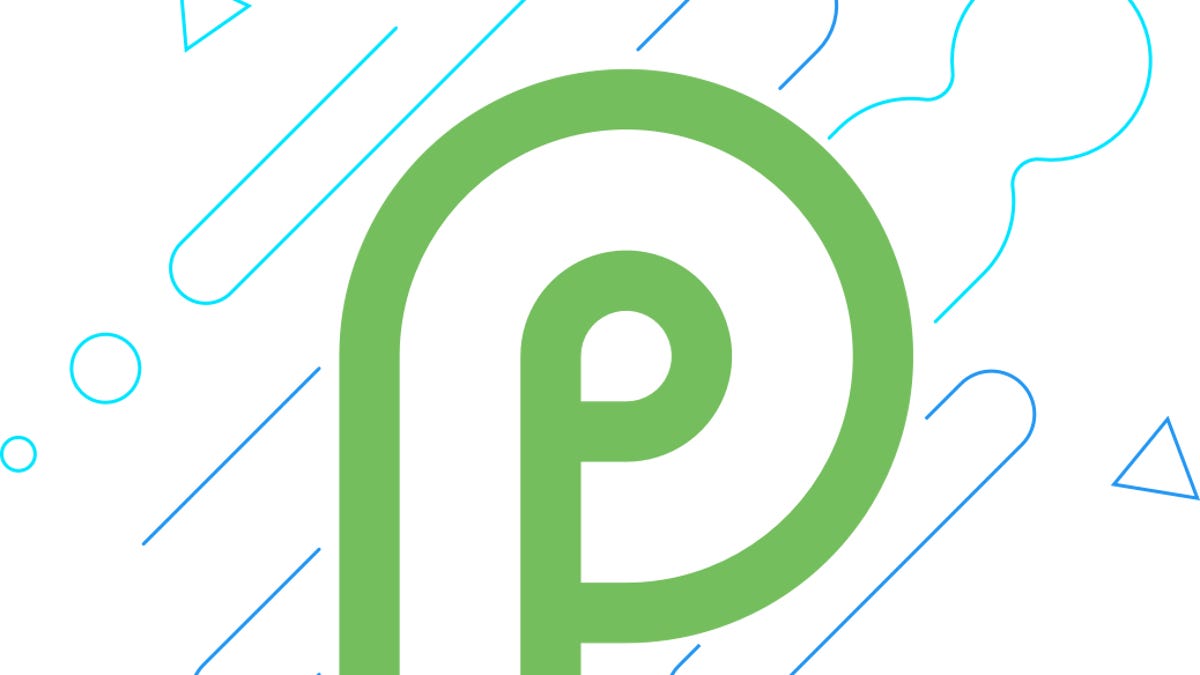Google's Android P is all about notches and notifications
The search giant’s new mobile software -- right now only a preview version -- also brings upgrades in security and indoor mapping.

Google announced the next version of its mobile operating system, for now just called Android P.
Google is preparing its Android mobile software for something Apple popularized with its iPhone X -- the notch. That's the little cutout at the top of phones with screens that take up almost the whole handset.
The search giant on Wednesday announced Android P, the next generation of its mobile operating system. And one of the biggest changes in the software is Google's catering to those cutouts. Because, well, the notches are coming. Asus last month announced the Zenfone 5, complete with, yes, a notch. Both Huawei and LG are also rumored to have phones with notches on the way.
Android is the dominant mobile software on the planet, powering 85 percent of smartphones shipped globally, according to IDC. So Google's big focus on notches signals a change in where hardware design is headed.
Notifications now have Google's AI-powered Smart Replies.
Right now, Android P is still unfinished. It's only in preview mode and meant to give software developers a leg up before Google officially releases it.
At this point it's anyone's guess what the P will stand for. Google typically names its new flavors of Android alphabetically and after something sugary. For example, the previous Android version was called Oreo. Before that was Nougat, then Marshmallow. So Google is hoping its newest Android version will make using your phone easy as ... pie?
Still, not every phone maker is going notch crazy. Samsung , the biggest Android device maker on the planet, has opted to avoid notches in its devices. Last year's Galaxy S8 -- which hit the market about eight months before the iPhone X -- featured a screen that stretched across the entire front of the display. And this year's Galaxy S9 is the same. "As always, there's no notch," Justin Denison, Samsung Electronics America's senior vice president of product strategy and marketing, said during the company's Unpacked Galaxy S9 launch in Barcelona.
Android P has support for cutouts, or "notches," as seen on the left.
Aside from optimizing for notches, here's what else is new:
Notifications are getting an upgrade. Now you'll be able to see images in notifications, something that could help you more quickly tell who you're chatting with. You'll also have the option to use Smart Replies, Google's AI-powered responses to texts that are already available in Gmail and its chat app Allo .
Android P also allows for indoor mapping, like if you're in an airport or conference hall. That feature could have a potential impact for retailers and other vendors who want to lead you to a specific product in a store.
App makers can develop indoor mapping experiences.
The software also focuses on improving battery life and making the phone more secure. Now Android will restrict access to your phone's microphone and camera while apps are running in the background, which could keep bad actors and hackers at bay. Android P also should make it easier for third-party password managers to autofill usernames and passwords. That's important given how many of us are turning to utilities like LastPass, 1Password and BitWarden to help bring a little order to our password chaos.
But while Google is introducing all these new features, it has one major challenge: making sure people actually get to use them. That's because Android's got several different hardware and carrier partners that like to add their own flourishes to the software, so getting them all to update to the current version is a constant headache for Google. It's a problem the industry calls "fragmentation."
As of the last month, only 1.1 percent of Android users are on the current version of the software, Oreo. The vast majority of them, more than 81 percent, are on three previous versions: Nougat, Marshmallow, and Lollipop.
The oldest of those, Lollipop, was first released in 2014. By comparison, Apple's got 65 percent of users on iOS 11, the most current version of its software for iPhones and iPads .
This version of Android is specifically for software developers, but the company will detail the features in more depth at its annual software developer conference, Google I/O , in May.
CNET's Shara Tibken contributed to this report.
Galaxy S9 and S9 Plus: Hands-on with Samsung's iPhone X fighters.
MWC 2018: All of CNET's coverage from the biggest phone show of the year.

